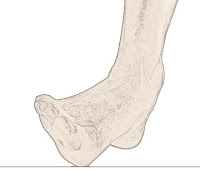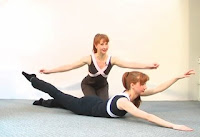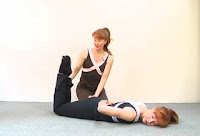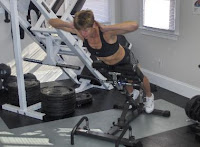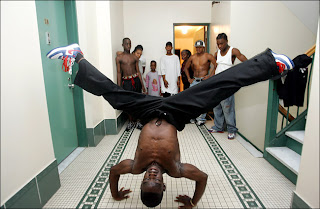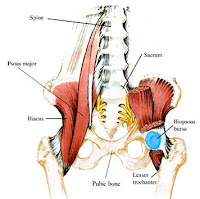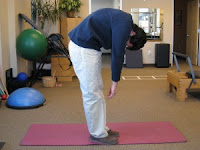Being an avid exerciser for decades, as well as a sports chiropractor for going on fifteen years, I have seen my fair share poor form SNAFUs. Improper form when working out can lead to injuries, from the minor, to the severe, to the flat-out serious. Here are ten of the worst offenders causing sports injuries to walk into my West Hollywood Sports Chiropractic Clinic:

Wrong! Rounding the back while stretching hamstrings can lead to herniated discs. I know he’s old; he probably shouldn’t be doing that version…find the stretch right for your level.

Perfect! Back straight and leg at proper height to maintain arch. No matter which version you do, maintaining back arch of utmost importance.


